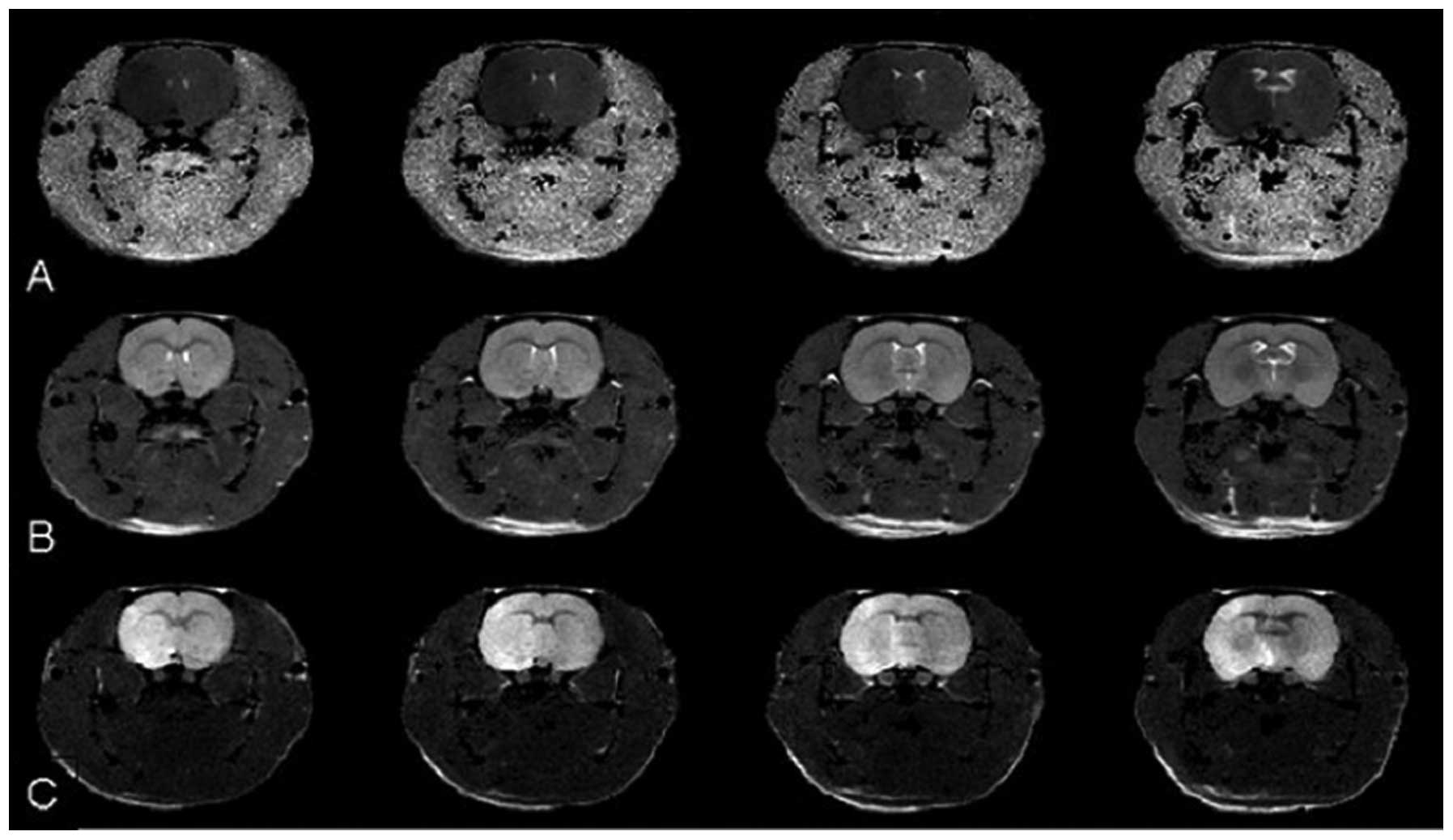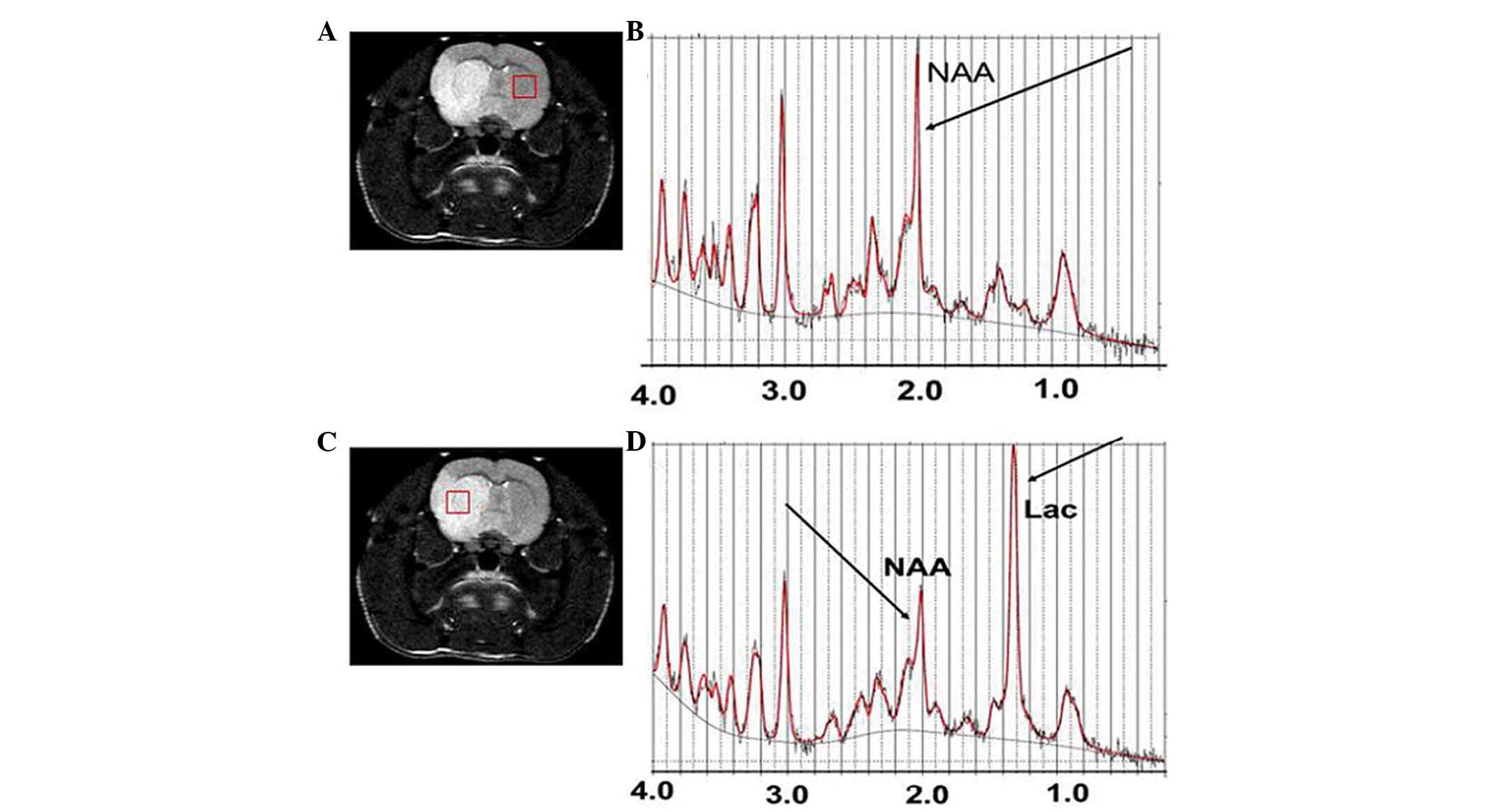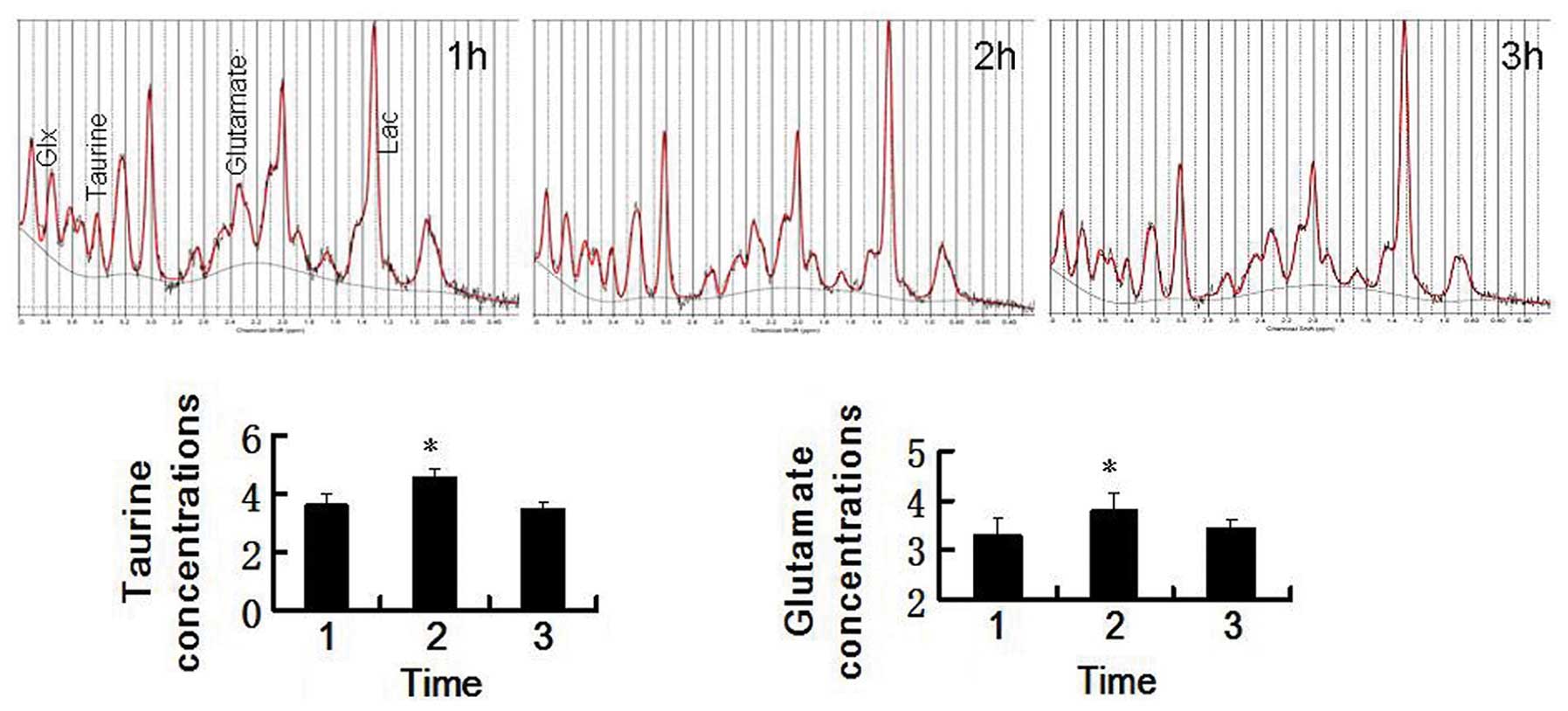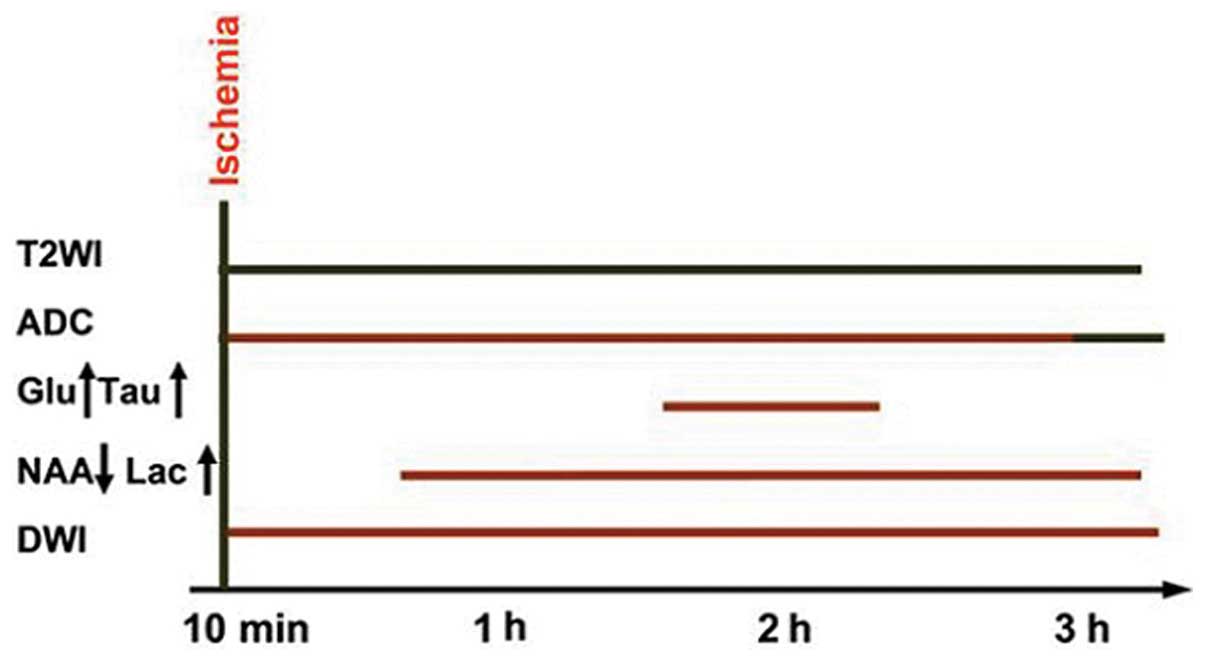|
1
|
Adams HP Jr, del Zoppo G, Alberts MJ, et
al: Guidelines for the early management of adults with ischemic
stroke. Circulation. 115:e478–e534. 2007. View Article : Google Scholar : PubMed/NCBI
|
|
2
|
Jauch EC, Saver JL, Adams HP, et al:
Guidelines for the early management of patients with acute ischemic
stroke a guideline for healthcare professionals from the american
heart association/American stroke association. Stroke. 44:870–947.
2013. View Article : Google Scholar : PubMed/NCBI
|
|
3
|
Cho KH, Ko SB, Kim DH, et al: Focused
update of Korean clinical practice guidelines for the thrombolysis
in acute stroke management. J Korean Stroke. 14:95–105. 2012.
View Article : Google Scholar
|
|
4
|
Moulin T, Cattin F, Crepin-Leblond T, et
al: Early CT signs in acute middle cerebral artery infarction
Predictive value for subsequent infarct locations and outcome.
Neurology. 47:366–375. 1996. View Article : Google Scholar : PubMed/NCBI
|
|
5
|
Von Kummer R, Allen KL, Holle R, et al:
Acute stroke: usefulness of early CT findings before thrombolytic
therapy. Radiology. 205:327–333. 1997. View Article : Google Scholar : PubMed/NCBI
|
|
6
|
Mohr JP, Biller J, Hilal SK, et al:
Magnetic resonance versus computed tomographic imaging in acute
stroke. Stroke. 26:807–812. 1995. View Article : Google Scholar : PubMed/NCBI
|
|
7
|
Lee DH, Kang DW, Ahn JS, Choi CG, Kim SJ
and Suh DC: Imaging of the ischemic penumbra in acute stroke.
Korean J Radiol. 6:64–74. 2005. View Article : Google Scholar : PubMed/NCBI
|
|
8
|
Sobesky J, Zaro Weber Oz, Lehnhardt F, et
al: Does the mismatch match the penumbra? Magnetic resonance
imaging and positron emission tomography in early ischemic stroke.
Stroke. 36:980–985. 2005. View Article : Google Scholar : PubMed/NCBI
|
|
9
|
Kidwell CS, Alger JR and Saver JL: Beyond
mismatch evolving paradigms in imaging the ischemic penumbra with
multimodal magnetic resonance imaging. Stroke. 34:2729–2735. 2003.
View Article : Google Scholar : PubMed/NCBI
|
|
10
|
Hacke W, Albers G, Al-Rawi Y, et al: The
desmoteplase in acute ischemic stroke trial (DIAS) a phase II
MRI-based 9-h window acute stroke thrombolysis trial with
intravenous desmoteplase. Stroke. 36:66–73. 2005. View Article : Google Scholar
|
|
11
|
Kertesz A, Black SE, Nicholson L and Carr
T: The sensitivity and specificity of MRI in stroke. Neurology.
37:1580. 1987. View Article : Google Scholar : PubMed/NCBI
|
|
12
|
Baird AE and Warach S: Magnetic resonance
imaging of acute stroke. J Cerebr Blood F Metab. 18:583–609. 1998.
View Article : Google Scholar
|
|
13
|
Warach S, Gaa J, Siewert B, Wielopolski P
and Edelman RR: Acute human stroke studied by whole brain echo
planar diffusion-weighted magnetic resonance imaging. Ann Neurol.
37:231–241. 1995. View Article : Google Scholar : PubMed/NCBI
|
|
14
|
Kim Jh, Na DG, Chang KH, et al: Serial MR
analysis of early permanent and transient ischemia in rats:
diffusion tensor imaging and high b value diffusion weighted
imaging. Korean J Radiol. 14:307–315. 2013. View Article : Google Scholar : PubMed/NCBI
|
|
15
|
Parsons MW, Barber PA, Desmond PM, et al:
Acute hyperglycemia adversely affects stroke outcome: a magnetic
resonance imaging and spectroscopy study. Ann neurol. 52:20–28.
2002. View Article : Google Scholar : PubMed/NCBI
|
|
16
|
Gillard JH, Barker PB, Van Zijl C, Bryan
RN and Oppenheimer SM: Proton MR spectroscopy in acute middle
cerebral artery stroke. AJNR. 17:873–886. 1996.PubMed/NCBI
|
|
17
|
Berthet C, Lei H, Gruetter R and Hirt L:
Early predictive biomarkers for lesion after transient cerebral
ischemia. Stroke. 42:799–805. 2011. View Article : Google Scholar : PubMed/NCBI
|
|
18
|
Cvoro V, Wardlaw JM, Marshall I, et al:
Associations between diffusion and perfusion parameters, N-acetyl
aspartate and lactate in acute ischemic stroke. Stroke. 40:767–772.
2009. View Article : Google Scholar : PubMed/NCBI
|
|
19
|
Longa EZ, Weinstein PR, Carlson S and
Cummins R: Reversible middle cerebral artery occlusion without
craniectomy in rats. Stroke. 20:84–91. 1989. View Article : Google Scholar : PubMed/NCBI
|
|
20
|
Provencher SW: Automatic quantitation of
localized in vivo 1H spectra with LCModel. NMR Biomed. 14:260–264.
2001. View
Article : Google Scholar : PubMed/NCBI
|
|
21
|
Neumann-Haefelin T, Kastrup A, de
Crespigny A, et al: Serial MRI after transient focal cerebral
ischemia in rats: dynamics of tissue injury, blood-brain barrier
damage and edema formation. Stroke. 31:1965–1972; discussion
1972–1963. 2000. View Article : Google Scholar
|
|
22
|
Pfeuffer J, Provencher SW and Gruetter R:
Water diffusion in rat brain in vivo as detected at very largeb
values is multicompartmental. MAGMA. 8:98–108. 1999.PubMed/NCBI
|
|
23
|
Sicard KM, Henninger N, Fisher M, Duong TQ
and Ferris CF: Differential recovery of multimodal MRI and behavior
after transient focal cerebral ischemia in rats. J Cerebr Blood F
Met. 26:1451–1462. 2006. View Article : Google Scholar
|
|
24
|
Le Bihan D, Breton E, Lallemand D, Grenier
P, Cabanis E and Laval-Jeantet M: MR imaging of intravoxel
incoherent motions: application to diffusion and perfusion in
neurologic disorders. Radiology. 161:401–407. 1986. View Article : Google Scholar : PubMed/NCBI
|
|
25
|
Pascual JM, Carceller F, Roda JM and
Cerdán S: Glutamate, glutamine and GABA as substrates for the
neuronal and glial compartments after focal cerebral ischemia in
rats. Stroke. 29:1048–1057. 1998. View Article : Google Scholar
|
|
26
|
al-Nazhan S, Andreasen JO, al-Bawardi S
and al-Rouq S: Evaluation of the effect of delayed management of
traumatized permanent teeth. J Endod. 21:391–393. 1995. View Article : Google Scholar : PubMed/NCBI
|
|
27
|
Graham SH, Chen J, Sharp FR and Simon RP:
Limiting ischemic injury by inhibition of excitatory amino acid
release. J Cerebr Blood F Metab. 13:88–97. 1993. View Article : Google Scholar
|














